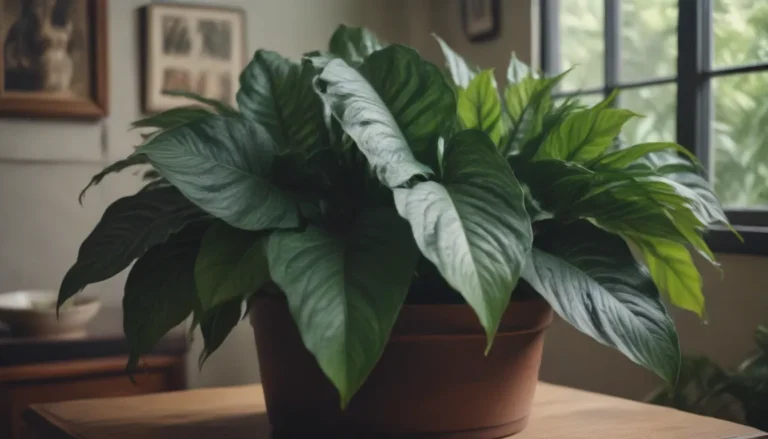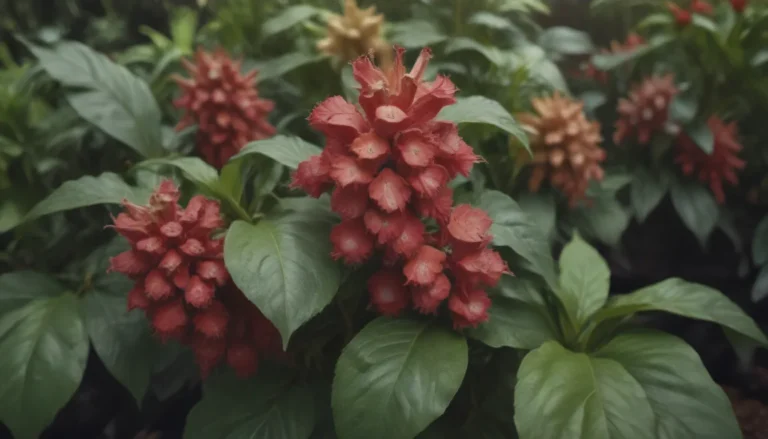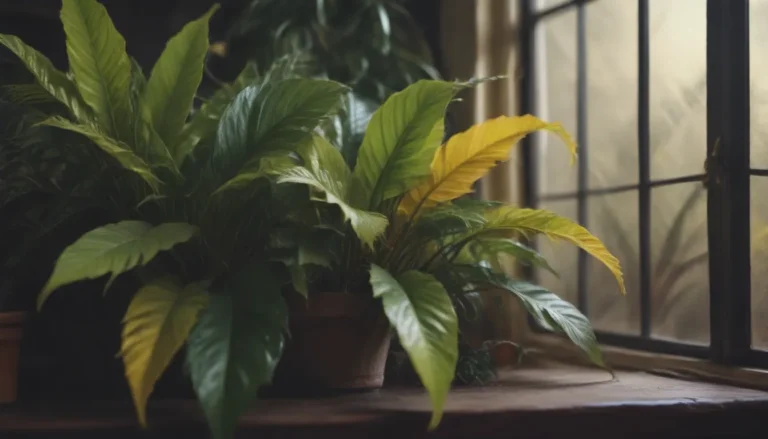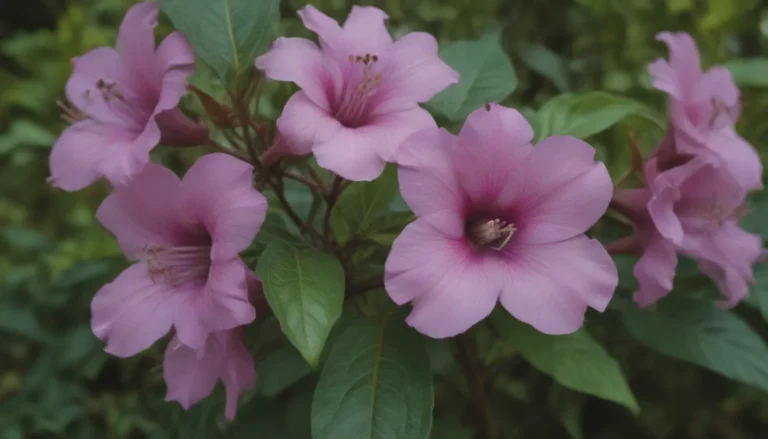Ultimate Guide to Growing and Caring for Philodendron ‘Black Cardinal’
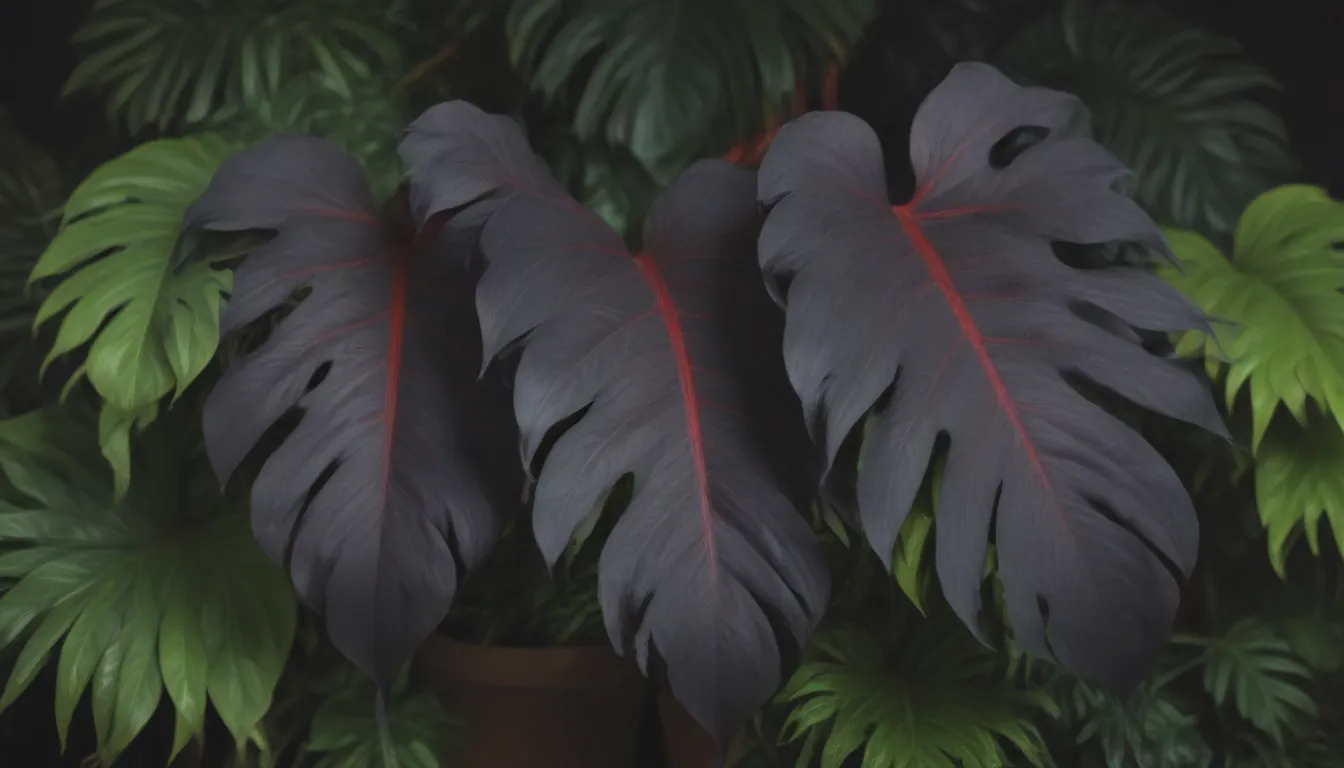
If you’re on the hunt for a unique and striking addition to your indoor plant collection, look no further than the Philodendron ‘Black Cardinal’. This hybrid plant is a standout amongst the vast array of philodendrons available, boasting glossy leaves that transition from burgundy red to dark green and eventually to a deep purple-brown that almost appears black. To ensure that your ‘Black Cardinal’ thrives, it’s important to provide the right care and conditions. In this comprehensive guide, we’ll cover everything you need to know about growing and caring for this stunning plant.
Philodendron Black Cardinal Overview
The ‘Black Cardinal’ is a hybrid of the Philodendron erubescens, known for its compact size and eye-catching foliage. This tropical beauty requires a few key care considerations to maintain its vibrant colors and overall health. Below, we’ll delve into the essential care requirements for a flourishing Philodendron ‘Black Cardinal’.
Light
While philodendrons are often recommended for low-light areas, the ‘Black Cardinal’ thrives in bright, indirect light. Placing your plant near a window that receives morning sun is ideal, but be cautious of intense afternoon sunlight, which can scorch the leaves. Rotate your plant every few weeks to ensure even growth, and regularly wipe the leaves to maximize light absorption.
Soil
A well-draining potting mix is crucial to prevent root rot in your ‘Black Cardinal’. Consider using a ready-made aroid mix or create your own blend using nutrient-dense potting soil, coarse perlite, and orchid bark for optimal aeration.
Water
While the ‘Black Cardinal’ can tolerate lower moisture levels than some philodendron species, regular watering is still essential for healthy growth. Avoid letting the soil become soggy, as this can lead to root rot. Test the soil with your finger and water deeply when the top two to three inches are dry.
Temperature and Humidity
Originating from tropical rainforests, the ‘Black Cardinal’ thrives in temperatures above 65°F and high humidity levels. To maintain adequate humidity, consider grouping your plants, using a tray of water with pebbles, or utilizing a humidifier in dry conditions.
Fertilizer
While the ‘Black Cardinal’ can thrive without frequent fertilization, applying a high nitrogen formula every few weeks during the growing season can promote healthy leaf growth and vibrant colors. Remember to fertilize when the soil is moist to prevent root damage.
Pruning and Propagating
The ‘Black Cardinal’ has a compact, self-heading growth habit, eliminating the need for staking. Pruning is mainly required to maintain the plant’s shape, remove crowded growth, and encourage healthy foliage. Additionally, propagating your ‘Black Cardinal’ is a straightforward process using stem cuttings in water or potting soil.
Potting and Repotting
Philodendron ‘Black Cardinals’ are not rapid growers, so repotting is only necessary every few years. Wait until roots emerge from the drainage holes before repotting in a container slightly larger in diameter. Refresh the potting mix to provide essential nutrients for continued growth.
Common Pests and Issues
While the ‘Black Cardinal’ is relatively resistant to pests and diseases, occasional issues such as mealybugs, thrips, and fungal gnats can occur. Monitor your plant for signs of infestation and address them promptly. Yellowing leaves, brown tips, and curling foliage are common indicators of stress, often caused by improper light, watering, or humidity levels.
In conclusion, the Philodendron ‘Black Cardinal’ is a stunning addition to any indoor plant collection, with its unique foliage and ease of care making it a standout choice. By following the care tips outlined in this guide, you can ensure that your ‘Black Cardinal’ thrives and continues to dazzle with its vibrant colors. Remember to monitor your plant regularly, provide the necessary conditions, and enjoy watching it flourish in your home.
